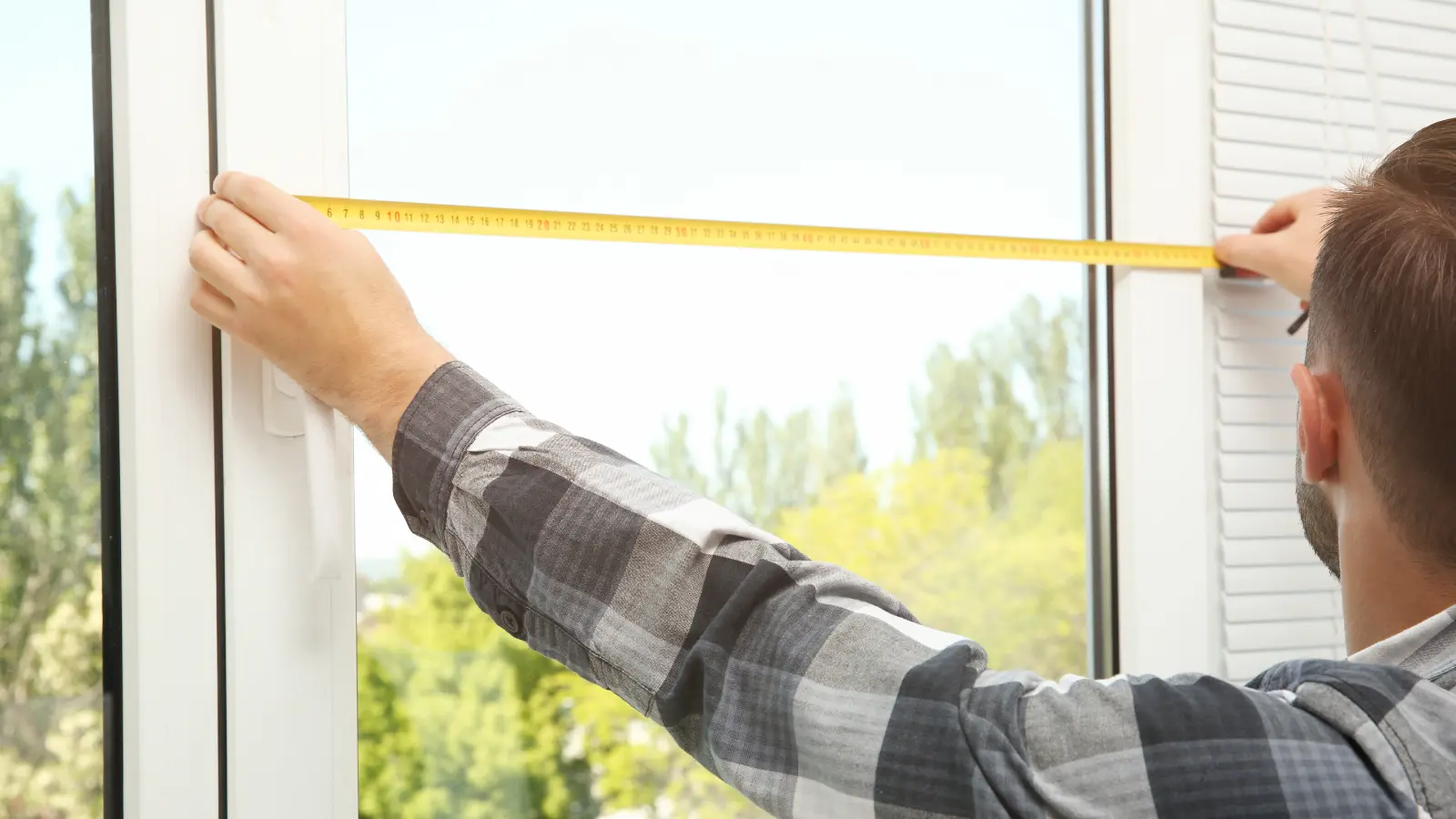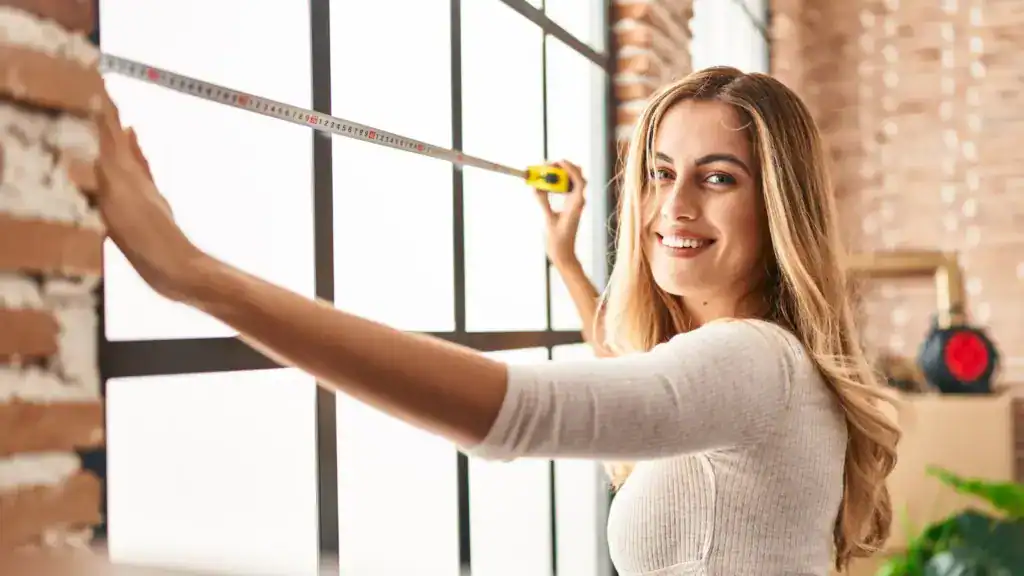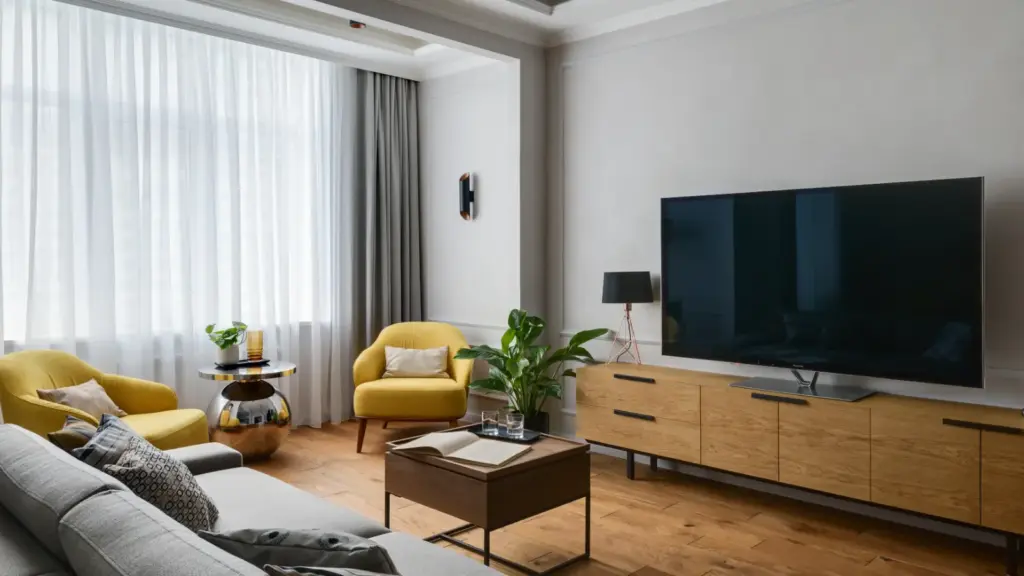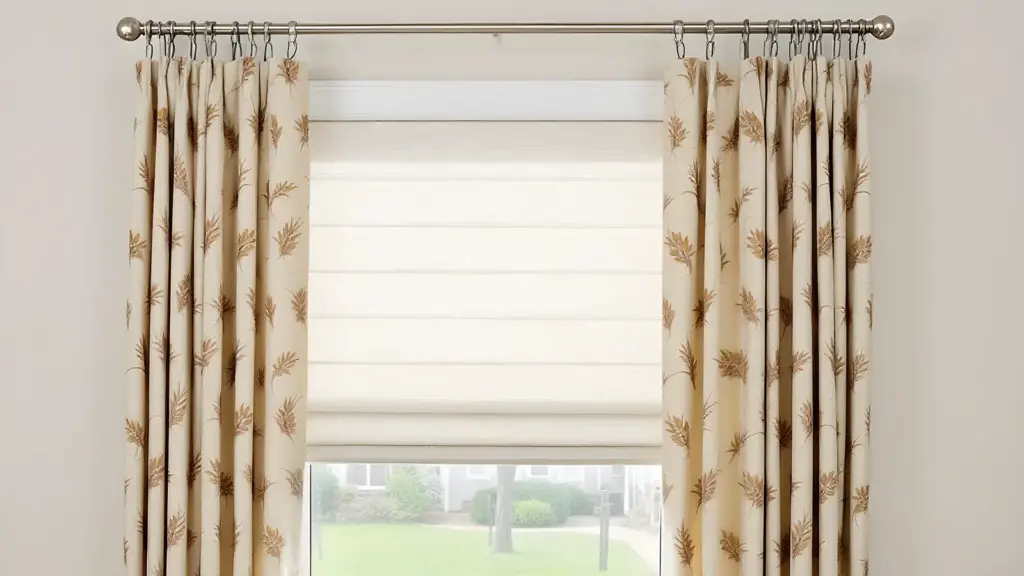4 Common Mistakes When Buying Custom Window Coverings

As the old saying goes, “Measure twice, cut once.”
It may not directly apply to window coverings, but the point still stands. When purchasing custom blinds, avoid the headache of buying the wrong size to discover later that they don’t fit your window.
In this blog post, we’ll review some tips for purchasing the correct size blinds and three common mistakes homeowners make when buying custom window coverings.
Mistake #1: Neglecting Proper Measurements
Measuring your window space accurately before purchasing custom blinds is crucial. It’s about ensuring the blinds fit nicely into the window frame and matching the rest of the room. Minor things like the width or length of the window covering can drastically affect how it functions and looks.
Consider these tips when measuring your custom window coverings:
- Always Use a Metal Tape Measure: Cloth or plastic tapes can stretch or twist, leading to inaccurate measurements.
- Measure Multiple Times: It’s always a good idea to measure multiple times to ensure accuracy.
- Record Measurements Correctly: Always record your measurements as width x height. This is the universal format for window measurements.
- Understand the type-specific measurements: Measurements can vary based on your chosen window covering. For example, shutters are typically measured for the inside of the window frame, while drapes are usually measured to extend beyond the window. Ensure you understand the specific measurement needs of the covering you choose.
Mistake #2: Overlooking Window Style and Type
The type and style of your window significantly influence the size of the window coverings you need. Here’s how:
- Casement Windows: These windows are hinged at the side and open outward, like a door. They usually require inside-mount blinds. Always ensure that the blind doesn’t interfere with the window’s crank.
- Double-hung Windows: These windows open by sliding up or down. Blinds for these windows must be precise in width and height to allow easy operation. Vertical blinds work well due to their adjustability.
- Bay Windows: These windows protrude from the main walls of the building and form a bay in a room. Since they comprise multiple sides, they will require individual blinds for each panel.
- Sliding Windows or Doors: Vertical or wide-panel track blinds are the most suitable options for larger windows or glass doors that slide from side to side.
Matching the blinds to different window designs doesn’t have to be challenging. Here are a few tips:
- Complement the Window Shape: If your windows have a unique shape (like arched or circular), consider bespoke blinds that mirror these shapes.
- Color Coordinating: Match the color of the blinds with your window frame for a cohesive look.
- Consider the Room’s Style: Choose a blind style that matches the room’s decor. For a modern space, you might go for sleek roller blinds, while a room with traditional decor might benefit from classic wooden ones.
Mistake #3: Forgetting About Mounting Options
Choosing inside vs. outside mounts is often overlooked, mainly because most people aren’t aware they need to account for it. We’ll review both and mention some considerations to make:
- Inside Mounts: This mounting type fits the blind within the window frame, offering a clean, built-in look. Inside mounts are ideal for showcasing attractive window molding or when the window is deep enough to accommodate the blinds. However, precise measurements are critical for this, as a slight misjudgment can result in blinds not fitting correctly.
- Outside Mounts: As the name suggests, outside mounts attach the blinds outside the window recess onto the wall or molding. This option is ideal for windows with shallow depth or when there are obstructions like handles that could interfere with the operation of the blinds. Outside mounts can also make a window appear more prominent and cover unattractive windows. However, when measuring for outside mounts, remember to account for the extra width and height to ensure adequate coverage.
Mistake #4: Attempting To Self-Install
It can be tempting to save some money and install your custom window coverings on your own. However, this can often result in improper installation. Window coverings are delicate and intricate; installation involves more than just attaching them to the wall or window frame. It requires a keen eye for detail, the right tools, and a clear understanding of the installation process.
Even if you’re handy around the house, installing blinds or curtains might be more complicated than expected. Here are some issues you might encounter:
- Incorrect Installation: Without professional experience, you may not install the blinds or curtains correctly, resulting in crooked or unstable window coverings. This can lead to potential damage or even the need for replacement.
- Damage to Walls or Windows: The installation involves drilling holes into your walls or window frames. This can cause significant damage if not done correctly, leading to unsightly holes and potential repair costs.
- Warranty Issues: Some manufacturers’ warranties become void if a professional doesn’t install them.
- Safety Concerns: Improperly installed blinds can pose safety hazards, especially if they have cords or other improperly secured mechanisms. This can be dangerous, particularly in households with children or pets.
Remember, the goal is to enhance your home’s appearance, not create more work for yourself. It’s usually best to leave the installation to professionals to ensure your custom window coverings are installed correctly and safely.
Aeroshade has been the go-to service in Los Angeles for custom blinds and shades for over 50 years. If you are considering an upgrade to custom window coverings, you can contact us today for a free local in-home estimate.


